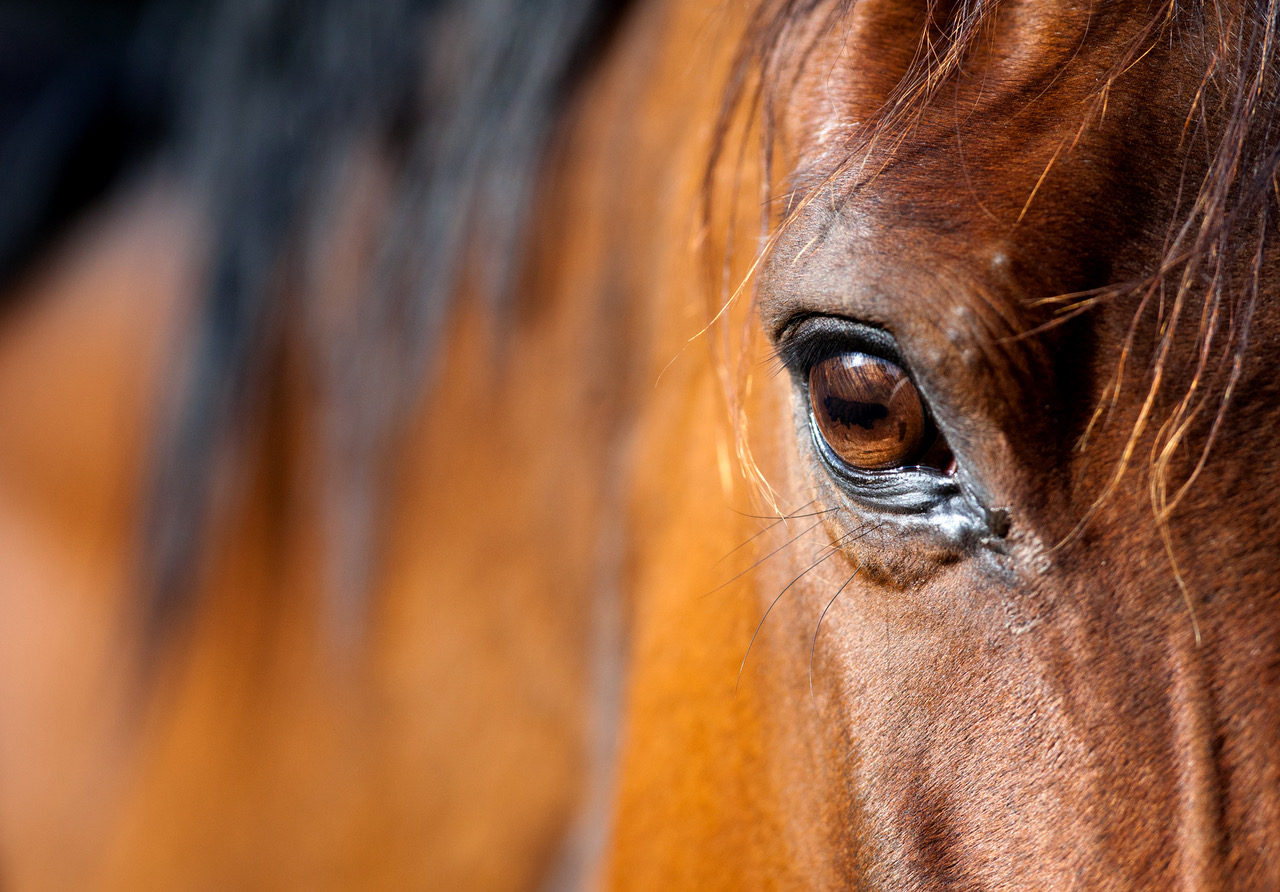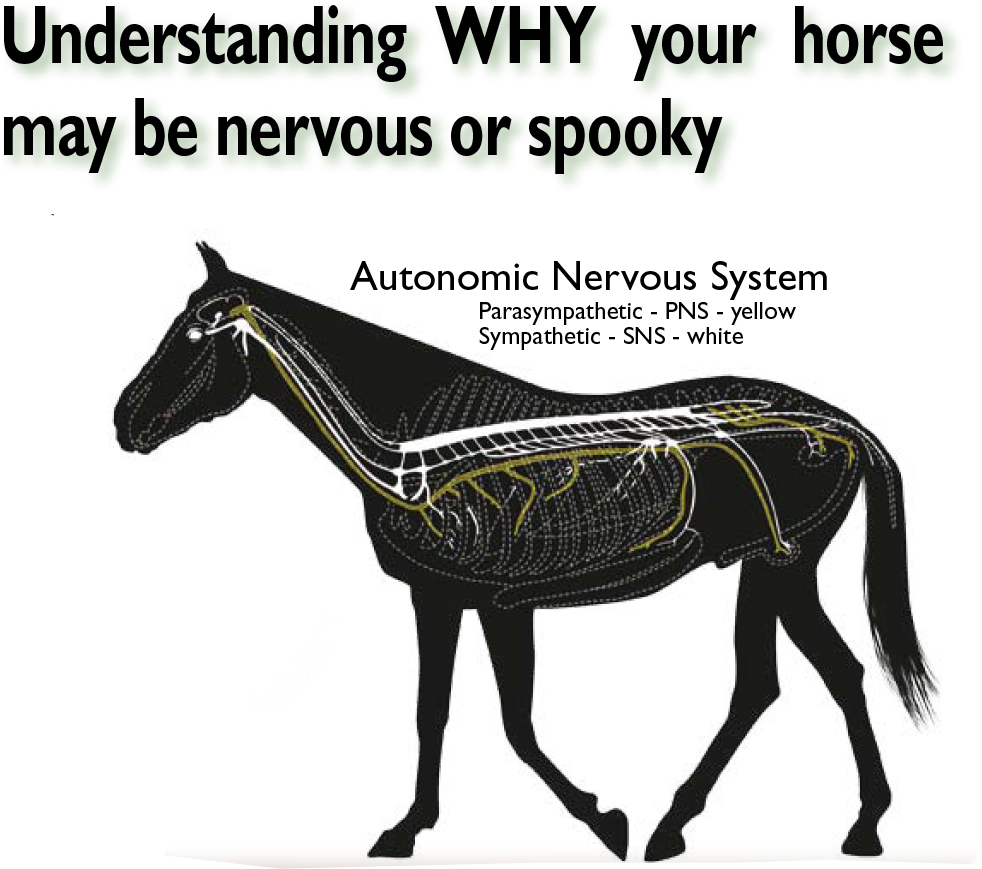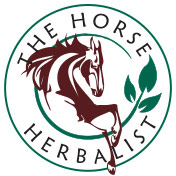
The Nervous System

Today’s horse is the product of millions of years of evolution, during which survival depended on its ability to sense and respond to the environment in which it lived. This included escaping predators, being able to sense the temperature of its surroundings and identify food. While the need to escape predators may not be a requirement for the modern horse, their physiological response to fear is still to run.
To achieve this the various systems and organs in the horse’s body must be linked so they work together. The adjustment of an animal’s response to changes in the environment and the complex linking of the various processes in the body that this response involves is called co-ordination.
The two main systems involved in the flight response are the nervous and endocrine systems. The first operates via electrical impulses along nerve fibres and the second by releasing special chemicals or hormones into the bloodstream from glands.
From an anatomical perspective the nervous system is made up of the Central Nervous System (CNS) (brain and spinal cord), and Peripheral Nervous System (PNS) (cranial and peripheral nerves), and from a functional perspective it is divided into the Somatic Nervous System (voluntary movement), and the Autonomic Nervous System (ANS), which controls involuntary (visceral) functions demanded for maintaining the overall physiological balance of bodily functions. In clearer terms the ANS is responsible for the involuntary bodily functions of the cardiovascular system, respiratory system, digestive system, urinary system, reproductive functions and mobilising the body’s resources under stress. To achieve this it must be in balance.
OUT OF BALANCE
Any trauma, accident, drugs, chemicals, physical or mental abuse, including a horse being put under too much pressure, or an underlying genetic predisposition, which makes these types more susceptible, may cause the ANS to be out of balance.
The ANS of the horse is controlled by two branches:
1) Sympathetic nervous system (SNS) – fight or flight.
2) Parasympathetic nervous system – rest and digest.
The parasympathetic system is in constant opposition to the sympathetic system. It can be likened to two sides of a coin. On one side there’s the fight/flight/let me out of here response, and on the other side the rest, relax, eat, and digest.
SNS dominance
Real or imagined circumstances can quickly trigger the nervous response. When the sympathetic side of the ANS is dominant – on a short trigger – this is when the horse cannot help its inappropriate response to everything or anything. At the highest end of this scale you see a horse in a blind panic, eyes boggling, escaping or trying to, even at the expense of hurting itself and others, sweating profusely, heart rate and respiration through the roof. When in the
paddock they walk the fence.

The Nervous System continued…
The very best of horsemen or women know they have to wait until the adrenalin levels drop and the horse starts to settle before attempting to work with a horse exhibiting these symptoms.
The horse cannot help its response; it is involuntary, as there is an imbalance of the ANS.
Many horses suffer ANS imbalance to a lesser degree. They are regarded as being nervous, highly strung, inconsistent, or said to have poor temperaments. These are some of the nicer things said about these poor souls. Often the best of trainers have problems with horses with ANS imbalance. The trainer may feel like at last they’ve found the key to a particular horse then suddenly, for no apparent reason, the horse falls to pieces again and can’t concentrate on the job at hand. The lesser trainers blame the horse, saying it has an attitude problem, instead of realising there may be a fundamental physical problem.
Stress shuts down digestion
Horses with SNS dominance often suffer from an overly acidic gut, which may be ulcerated; they may not be able to gain or hold condition – absorption of nutrients is poor; they may lack interest in feed. Some horses only show the latter symptom as they internalise their anxiety. This makes it clearer to understand why only treating the gut is often a short term solution for these horses. Classically, using herbal medicine, you are looking at treating the
horse, dog or human for six to nine months to help the autonomic nervous system balance. Over this period you can expect either subtle or obvious improvements as the triggers decrease. If your horse is suffering from anything but a minor ANS imbalance then seek the services of a fully qualified horse herbal practitioner.
AUTONOMIC NERVOUS SYSTEM – ANS
Divides into two branches:
Parasympathetic Nervous System PNS
- Controls vegetative functions
- Feed
- Rest
- Relax
- INCREASES
- Digestion
- Intestinal mobility
- Fuel storage (increases insulin activity)
- Resistance to infection
- Rest and recuperation
- DECREASES
- Heart rate
- Blood pressure
- Body temperature
Sympathetic Nervous System SNS
- Functions under stress
- Fight or flight response
- INCREASES
- Heart rate
- Blood pressure
- Body temperature
- Stimulates sweat glands
- Blood to skeletal muscle
- Bronchodilation
- Blood to skeletal muscle
- DECREASES
- Heart rate
- Blood pressure
- Release of glucose stores from liver
- DECREASES
- Digestive activity
- Blood flow to abdomen
Settle Petal helps to balance the ANS. Or for an individual approach and treatment plan – send me a hair!
 Angela was one of Australia’s first female jockeys before retraining as a Classical Herbalist, Cranio- Sacral and Equine Bowen Therapist. As well as creating a range of Herbs for Horses (go to thehorseherbalist.com), Angela pioneered a unique hair assessment system for horses in the 1990’s and has formulated many hand-blended proprietary herbal formulas to address the core of most human and horses complaints. Angela is also the author of ‘Flower Remedies for Horses, Pets and People’. www.thehorseherbalist.com
Angela was one of Australia’s first female jockeys before retraining as a Classical Herbalist, Cranio- Sacral and Equine Bowen Therapist. As well as creating a range of Herbs for Horses (go to thehorseherbalist.com), Angela pioneered a unique hair assessment system for horses in the 1990’s and has formulated many hand-blended proprietary herbal formulas to address the core of most human and horses complaints. Angela is also the author of ‘Flower Remedies for Horses, Pets and People’. www.thehorseherbalist.com
courtesy of www.hoofbeats.com.au
